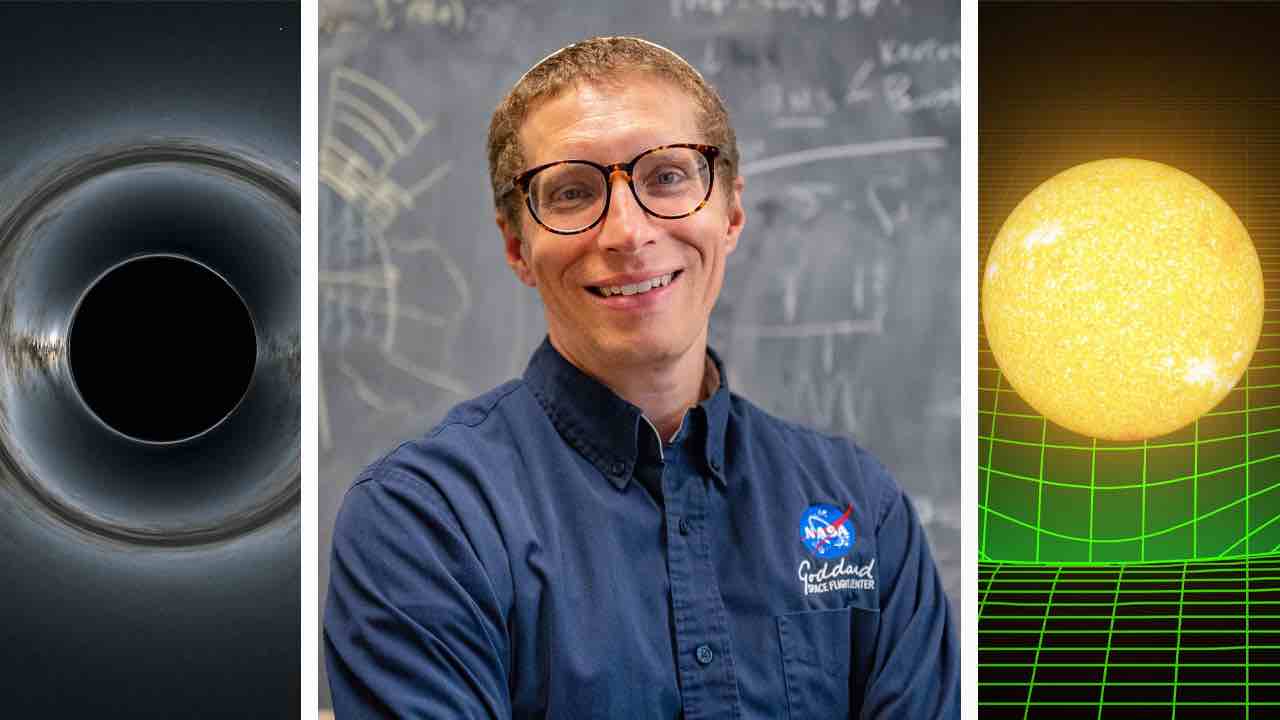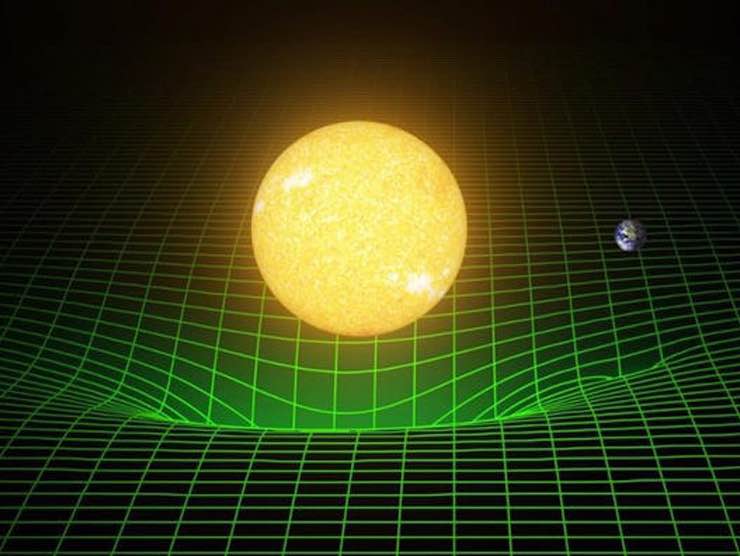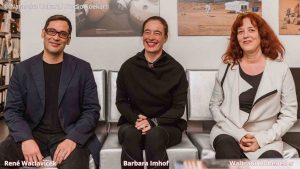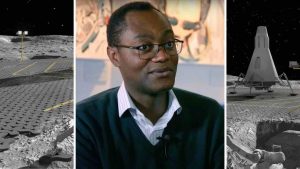
Jeremy David Schnittman - kosmomagazine.it
We met Jeremy David Schnittman, Research Astrophysicist at NASA Goddard Space Flight Center in Greenbelt (Maryland, USA). His research interests include theoretical and computational modeling of black hole accretion flows, X-ray polarimetry, black hole binaries, gravitational wave sources, gravitational microlensing, dark matter annihilation, planetary dynamics, resonance dynamics, and exoplanet atmospheres.
How was your passion for black holes born? What do you love most about your job?
I was always fascinated by astronomy as a child, but was never very successful getting my telescope to work. However, I was also very interested in math, and loved solving all sorts of math and physics problems, so it was quite natural to end up as a theoretical astrophysicist. In one form or another, this has basically been my dream since I was 7 or 8 years old, and I am still amazed that it actually worked out for me in the end!
Working at NASA is every bit as cool and exciting as it sounds. I get to work on problems that I like, and am reasonably good at, like solving hard math problems on a computer. But I also get to share in the glory of much more impressive achievements like the James Webb Space Telescope and the International Space Station.
We don’t know what inside black holes is and what they can be used for. It’s also very difficult to see them. But, despite it all, they are very important for the observations of the Universe. What astronomical discoveries can we make with the help of black holes?
First of all, even though it is very hard to measure anything inside a black hole, we can still be fairly confident that, if all of Einstein’s predictions are correct outside of a black hole, then they should reasonably extend inside of the horizon too. At least up until the point of the singularity, where even Einstein’s equations break down. That area of physics, called “quantum gravity,” will almost be impossible to test with even the best observations of astronomical black holes.
Black holes are great laboratories for anything to do with gravity, but they can also be used as tools to study other objects. For example, they can bend the light from other stars and form a “gravitational lens” that amplifies a distant star by many factors, allowing us to measure its properties much more accurately than we would be able to do without the intervening black hole.
Credits: NASA’s Goddard Space Flight Center / Paul Morris: Lead Producer
I’ve been always surprised by Albert Einstein’s General relativity and Special relativity. Black holes are perfect to understand those two Einstein’s theories. What are the characteristics of the Space-time Fabric? When a black hole arises, what happens to the space-time fabric?
I also love the simple elegance and also great depth of Einstein’s theory. I was totally obsessed with him as a child, but then as I grew older and learned more about his work, only became more impressed with his unsurpassed accomplishments. As I mentioned above, if we can use black holes to test Einstein’s theory outside of the horizon, that gives us great confidence about everything else it predicts. His original papers were written over 100 years ago, and still continue to be tested and proved correct.
As for the space-time fabric, I think the most exciting property is how it can produce waves, called “gravitational waves”, when it gets disrupted by massive objects like neutron stars or black holes moving near the speed of light. But the space-time fabric is stretched much, much tighter than any drum. Even tiny wiggles smaller than the diameter of a proton can carry enormous amounts of energy and momentum.

Credits: T. Pyle/Caltech/MIT/LIGO Lab
Why does time slow down when we travel very fast and when we are near a black hole? If we lived near to a black hole (a few billion kilometers away), would our time stop and we would remain forever young?
Again, these are bizarre predictions that came from simple thought experiments by Einstein. His very powerful physical intuition about how the Universe should behave required that nothing can go faster than the speed of light. He then was able to show with very simple mathematics that, if two different people moving at different speeds both measure the speed of light to be the same, the only possible explanation is that they are each experiencing time at different rates. This is an absurd idea, but he was confident in his conclusions because of his great intuition, and only later were we able to carry out precise experiments to show that (AGAIN!) Einstein was right! In the General Theory of Relativity, which includes gravity, this “time dilation” effect occurs wherever any form of acceleration is present. And near a black hole, the gravitational acceleration becomes nearly infinite, so the time dilation also becomes extreme, slowing our clocks to a near stand-still. The trick is escaping back to home before it’s too late.
What have black holes taught you? Has the meaning of life changed after studying cosmic objects billions of kilometers in size?
I think the most meaningful things I have learned from black holes and studying relativity is “trust the math” and “have faith in your intuition.” One more important lesson we can learn from Einstein was that, in almost every single one of his theoretical papers, he has a short section at the end discussing how such a phenomenon might some day be tested. I think this should still be the gold standard for theoretical research. Even if we don’t have the technological know-how to test it today, or in the next 50 years, we should always be thinking about whether a new theory could even be proven right. Or more importantly, if it could ever be proven wrong.



